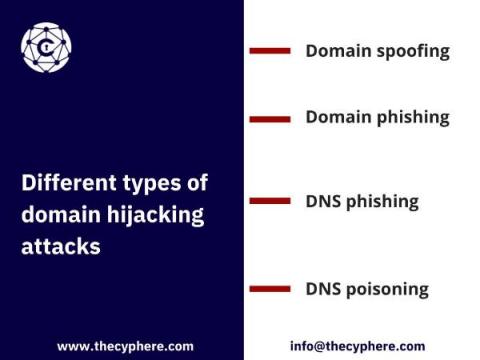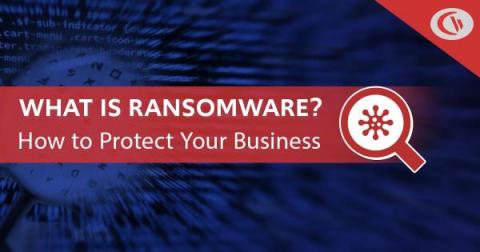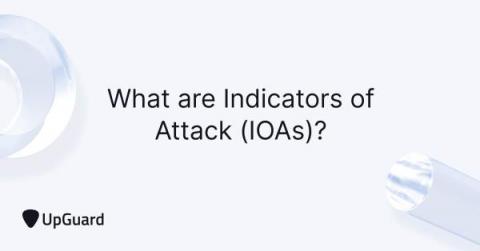Security | Threat Detection | Cyberattacks | DevSecOps | Compliance
Cyberattacks
Attack Misuses Google Docs Comments to Spew Out "Massive Wave" of Malicious Links
Security researchers say they have seen a “massive wave” of malicious hackers exploiting the comment feature in Google Docs to spread malicious content into the inboxes of unsuspecting targeted users. According to a blog post published by Avanan, the comments functionality of Google Docs, as well as its fellow Google Workplace web-based applications Google Sheets and Google Slides, is being exploited to send out malicious links.
Healthcare systems under attack
In October 2021, the IT systems of the Israeli healthcare system suffered a ransomware attack from which it took weeks to recover. Although the motive for the cyberattack on this occasion was not geopolitical but financial, government sources said they feared that far more dangerous incidents against this sector could be carried out by groups linked to foreign powers such as Iran.
Breaking Out of the Vicious Cycle of Ransomware Attacks
Ransomware has quickly become one of the most prevalent cyber threats facing organizations today. Unfortunately, the cybercriminal community has latched onto this attack method because infections can quickly cause devastating damage to the victim, and strikes are incredibly easy to launch at scale. The best way to ensure that your organization does not fall victim to a ransomware attack is to understand what happens when an attacker injects this type of malware into a system.
What is Domain Hijacking? Tips to Protect yourself
Domain hijacking is the act of domain name theft. It can happen to individuals or organisations and it’s increasing in frequency. The name may be hijacked by someone else who passes themselves off as you, tricks your domain registrar into transferring your domain to them, or hacks into your account (sometimes through phishing) and transfers it themselves.
Cybersecurity Architecture: A Complete Guide to Preparing Your Organization for a Cyberattack
What is Ransomware?-How to Prevent, Remove, and Respond to Attacks
The success of a modern business is heavily reliant on the network of which its computers and employees operate. With many risks looming online, a secured operating system and network are critical for most businesses to perform to their full ability. One of the most prolific threats to modern business is ransomware.
Top 4 Malicious Domain Incidents of 2021
Cybercriminals are increasingly using malicious domains as an attack vector. Our Internet Security Report Q1 2021 already detected a 281% increase in the number of domains blocked by DNSWatch over the previous quarter, and there has been significant activity in the past year with such links exploiting the interest in COVID-19.
Cybersecurity Predictions To Help Your Business Stay Safe
What are Indicators of Attack (IOAs)? How they Differ from IOCs
Indicators of Attack (IOAs) demonstrate the intentions behind a cyberattack and the techniques used by the threat actor to accomplish their objectives. The specific cyber threats arming the attack, like malware, ransomware, or advanced threats, are of little concern when analyzing IOAs. Instead, only the sequence of events leading to the deployment of a cyber threat are considered in this cybersecurity strategy.










